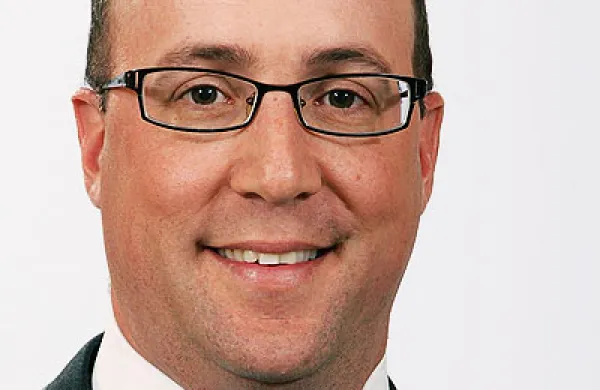A growing number of plan sponsors and other pension experts are defying the conventional wisdom — and Congress — to advocate boosting companies’ financial commitment to defined benefit plans.
Specifically, they are urging companies to put more money into their pension plans than legally required, whether by allocating excess corporate cash or by issuing bonds. But the advice sometimes comes with a twist: Any new funding should be part of a strategic overhaul to reduce the investment risk.
“Pensions are a debt that you have to honor,” says Jodan Ledford, a senior analyst in UBS’s asset liability investment solutions group and co-author of a recent white paper, “Are Voluntary Contributions Right for Your Corporate Pension Plan?” “If you wait, you could pay more down the road.”
This trend sits at the fulcrum of several contradictory influences. Pushing in favor is the horde of excess cash that U.S. companies have amassed — nearly $2 trillion at the beginning of 2012, according to the paper by Ledford and Francois Pellerin, who heads the asset liability group — thanks to the strong stock market, the improving economy, and a reluctance to spend that cash on hiring. Moreover, with interest rates at record low levels, more money is relatively cheap to come by.
Since companies don’t seem to have found any better use for their cash, the thinking goes, they might as well take the federal tax break for putting it in their pension plans.
And as Ledford points out, if they issue 30-year bonds, “you are paying back on a slower schedule” than the seven-year funding requirement under the federal Pension Protection Act of 2006.
Indeed, in the last two years, companies such as CSX, Dow Chemical, Kroger, Northrop Grumman, PPG Industries, Raytheon and United Parcel Service have issued a total of more than $7 billion in bonds, with the proceeds headed toward their pension funds.
But other factors militate against any increased pension commitment. For one thing, businesses have spent the last few decades wriggling away from defined benefits, by freezing and dumping their plans and switching to defined contributions. In this summer’s Moving Ahead for Progress in the 21st Century Act, Congress further discouraged funding — supposedly to help plan sponsors cope with the tough economy — by letting them assume higher future returns, thus lowering their obligations temporarily. Furthermore, once new money is in the plan, it is virtually locked in, since companies have to pay huge excise taxes to pull it out.
The solution, some experts say, is to reduce the pension fund’s investment risk, to make sure that any new inflows don’t disappear in another market downturn.
“What you don’t see very much is companies making large contributions to the plan and then managing the plan the way they always have,” says Michael Archer, a senior consulting actuary with Towers Watson.
One common “de-risking” strategy is to tie investments to plan liabilities — what’s known as liability-driven investing — typically with laddered bonds whose maturities match the expected payouts. Companies can also minimize the payout risk, by buying annuities.
There seems to be growing interest in this whole approach. John Rich, a senior vice president at Sibson Consulting, says more clients are talking about it, although he still isn’t seeing much new borrowing.
Before making any major financial commitments, Rich and others say, sponsors might want to see what happens with the negotiations over taxes, the budget and the “fiscal cliff” in Washington.
Archer’s advice to clients: “Think first about where the best use of your cash is. Are you going to earn more in the pension plan or in your business after-tax?”






